The Mora Companion, IMHO, is one of the best inexpensive knives on the market, and a perfect choice for a newcomer.
Here are five ways to make a Companion better and safer to use.
by Leon Pantenburg
Reliable, usable knives don’t need to break the bank. In fact, for a beginner, an expensive knife may be a waste of money. We all want different things from a piece of cutlery, and until the user has had some hands on experience, he/she won’t know what the best knife for them might be.
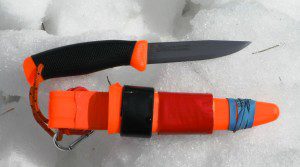
The sheath has been modified so it would swing freely on a belt, secure the knife and provide a convenient place to carry duct tape!
I was a Boy Scout volunteer and wilderness trainer for 17 years with Troop 18 in Bend, Oregon. Over the years, the troop bought 90 Mora 840 Companion model knives for the scouts to use. Kids at a Boy Scout campout can break anything, but I never saw any of those knives get damaged. We got a deal on the knives because we bought them in bulk and got a tremendous discount from an Eagle Scout who owned a knife store. (Thank you Ragweed Forge, for supporting the scouts!) The last batch cost the scouts $10 per knife. (Read why the Mora was chosen.)
The Companion is also the choice of experts. A former Troop 18 scoutmaster got one of the Companions and used it successfully on hunts for moose, caribou, elk deer and hogs. He is a physician and could easily afford a more expensive knife. He sticks with the Mora because it always does the job.
But the Mora’s Achilles Heel is the sheath. It is a plastic sleeve with a built-in clip thingy that is supposed to hook on your belt. You have to expect that – when a company is selling inexpensive knives they have to scrimp in some area to meet their price point.
But the unaltered sheaths allowed the knives to slip out. In addition to losing the knife, there was also a safety hazard when scouts were getting in and out of vehicles, canoes etc.
The sheath can be modified to make it safer and to add more tools to your survival gear.
Here are five ways to improve your Mora Companion.
Drill a hole in the handle. The tang on a Companion goes about three quarters of the way into the plastic of the handle. Use a 1/2-inch bit and drill all the way through the handle. You may need to use another knife to bevel the edges of the hole. You will run a piece of paracord through the hole and attach it to the D ring.
The hole can also be used with a lanyard. This becomes a good idea if you are in deep snow, water or mud and don’t want to risk losing your knife.
Add a D ring: Take the sheath to the hardware store, and find a D ring (It needs to be wider than 1-1/4 inch) that will slip over the bend in the belt thing. This will convert the sheath into a dangler. The paracord and hole in the handle will secure the knife to the sheath.
Get a carabiner, belt keeper or belt clip of some sort to use with the D ring. The sheath will swing safely on your belt or daypack and be easily accessible.
In Troop 18, the scouts generally carry their companions on a carabiner attached to a pants loop. The adult leaders like that. We can tell immediately who has a knife, and it is secured so well that it discourages unsafe knife handling.
Add Ranger bands: A Ranger Band is a tacticool name for pieces of bicycle tube. These band are slipped over the D ring, onto the belt thing. This keeps the D ring from sliding around and possibly becoming unhooked. In addition to being pretty good firestarter, the bands have a multitude of uses around camp. I have several on my knife sheath. They keep the knife handle from rattling around.
Duct tape: I never go outdoors without duct tape. It can be used for marking trails, repairing gear or clothing, improvising a bandage etc. Most recently, I used a piece to repair my shoe when the sole separated from the upper.
Here’s how I wrap the tape.
Start at the bottom of the sheath, and make sure you get the entire width of the tape on the sheath. Then, I take narrower electrical tape and wrap it at the top of the sheath. There will be a space left between the two tapes.
Get the good tape – Gorilla Tape or T-REX are excellent. Some of the cheaper imitation tapes are nothing but plastic tape and they are not nearly as durable and reliable. Some brands of bright fluorescent tapes will work really well for marking trails or attracting attention.
Wrap with paracord: The empty space between the tapes can be wrapped with paracord. You can easily wrap about seven feet of tape, and more if the added bulk doesn’t bother you. I opt for bright orange fluorescent paracord, and get the reflective cord if you can find it.
Good equipment doesn’t necessarily have to be expensive, but it does have to work. A Mora Companion is an excellent first knife for a beginner and altering the sheath makes it even better.
Please click here to check out and subscribe to the SurvivalCommonSense.com YouTube channel – thanks!

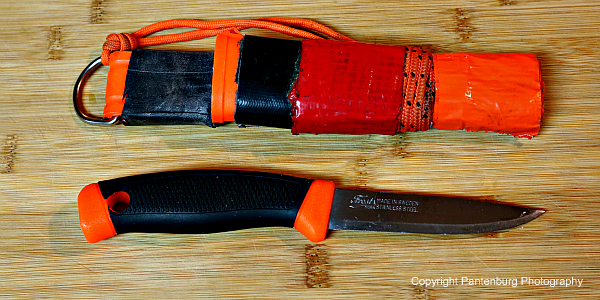
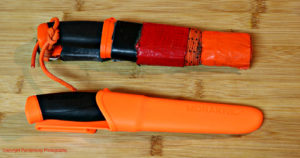
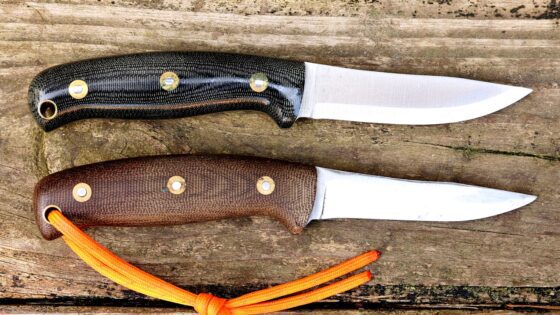
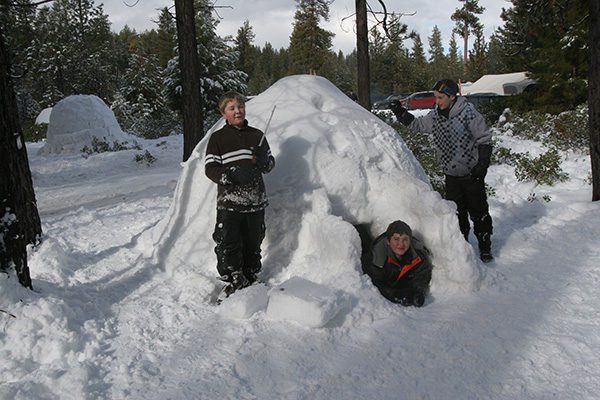
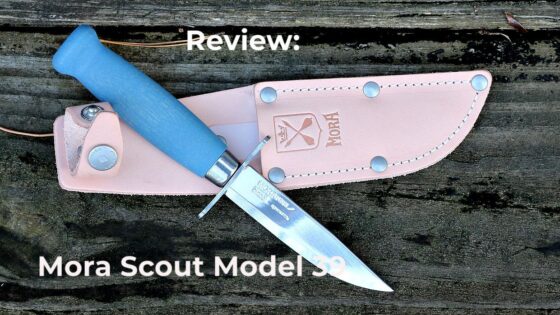
Leave a Reply